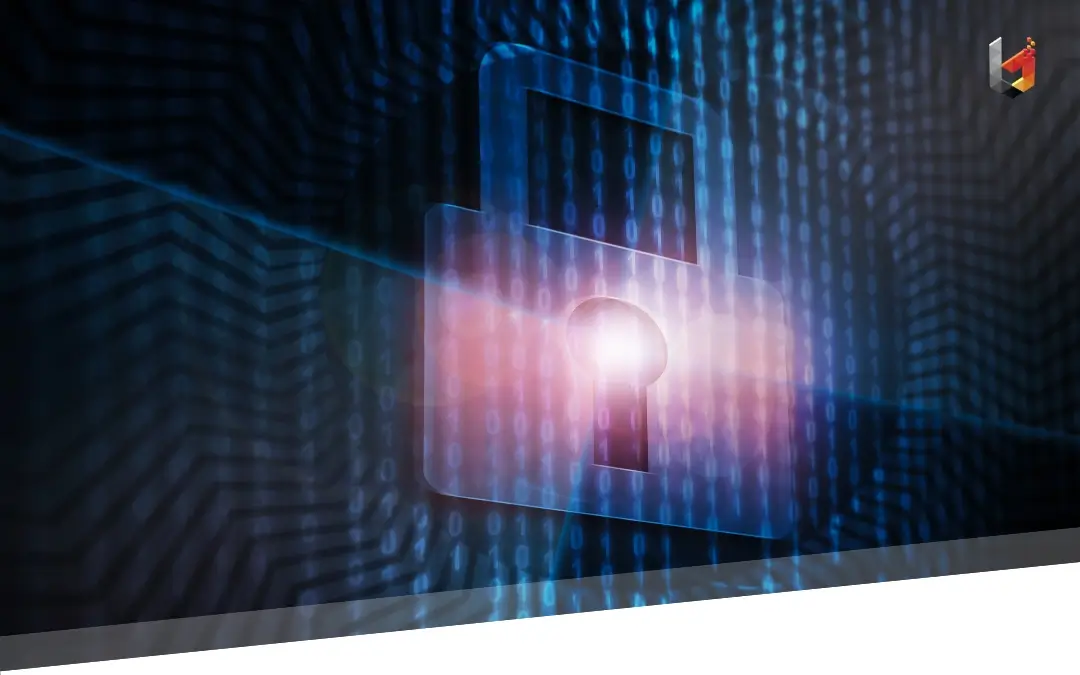Best Practices for Implementing an Incident Response Plan

Every business, regardless of size or industry, faces the looming threat of cybersecurity incidents. As these threats continue to evolve and grow in sophistication, having an effective incident response plan is no longer optional – it’s a necessity.
Prioritizing Business-Critical Assets
In today’s digital landscape, businesses rely heavily on data and technology to drive their operations. It’s crucial to identify and prioritize your organization’s critical assets to ensure they are protected against potential cyber threats. These assets may include customer data, intellectual property, financial information, and operational systems.
Implementing strategies for early threat detection is essential. This can include the use of monitoring tools and regular security assessments to identify and mitigate risks before they escalate. Continuous monitoring of critical assets is also vital to detect and respond to threats in real-time.
Creating a Strong Response Team
Building a strong incident response team is essential for effectively managing cybersecurity incidents. Your team should have clearly defined roles and responsibilities, ensuring that each member understands their role in the incident response process. Providing team members with the necessary training and resources is crucial.
This includes training on incident response procedures, as well as technical training to enhance their cybersecurity skills. Establishing effective communication channels and protocols within the team is also important to ensure coordination and collaboration during incidents.
Developing a Categorization System for Incidents
Developing a categorization system for incidents can help you prioritize your response efforts and allocate resources effectively. Incidents can be classified based on their severity and impact on your organization.
This classification system can help you tailor your response strategies to different types of incidents, ensuring a swift and effective response based on the nature of the incident. By categorizing incidents, you can also track trends over time and identify areas for improvement in your incident response plan.
Training Response Teams and Continuous Improvement
Training your incident response team is essential for ensuring they are prepared to respond effectively to cybersecurity incidents. Providing ongoing training and skill development opportunities can help your team stay up-to-date with the latest cybersecurity trends and threats.
Regular drills and exercises can also help improve response times and effectiveness. Incorporating lessons learned from past incidents into your incident response planning is crucial for continuous improvement. By analyzing past incidents, you can identify areas for improvement in your incident response plan and make necessary adjustments to enhance your response capabilities.
How Technolene Can Help
Technolene offers expert guidance and support for incident response planning. We can help you build a professional response team tailored to your organization’s needs. Our services include enhancing detection and response capabilities with advanced tools and techniques, ensuring compliance with regulations and standards through continuous monitoring.
By partnering with Technolene, you can strengthen your organization’s cybersecurity posture and better protect your critical assets. Contact us today!
Trending Posts
Protect your business from cyber threats by mastering NIST’s Incident Response with Technolene's expert support.
Learn how to create an effective incident response plan to protect your business from cyber threats.
Discover why an incident response plan is crucial for businesses, protecting sensitive data, minimizing damage, and ensuring compliance.



